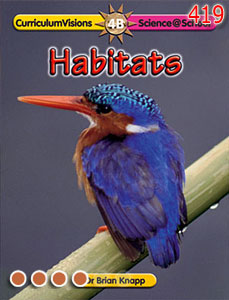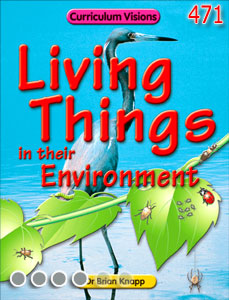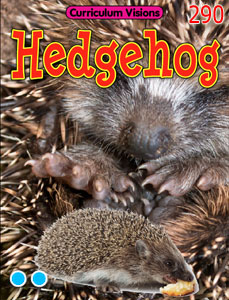Animals hibernate to avoid unfavourable conditions in their habitat. Frogs and toads are cold-blooded and cannot move about fast enough to find food in winter conditions. As a result, frogs spend the winter resting in mud at the bottom of ponds. Here they are safe if the pond freezes over. Toads hibernate in drier places such as the burrows of small mammals on grassy banks. Bats like to feed on flying insects at night. In winter most insects survive as eggs or pupae so there is nothing for bats to eat. They hibernate in hollow tree trunks or in caves.
Some animals that live in places where there is a long period of hot dry weather also go into a resting stage similar to hibernation. This resting stage is called aestivation. The lungfish that live in South America and Africa go into aestivation when the rivers in which they live dry up. The lungfish burrow into the river bed and rest there until the river flows again.






